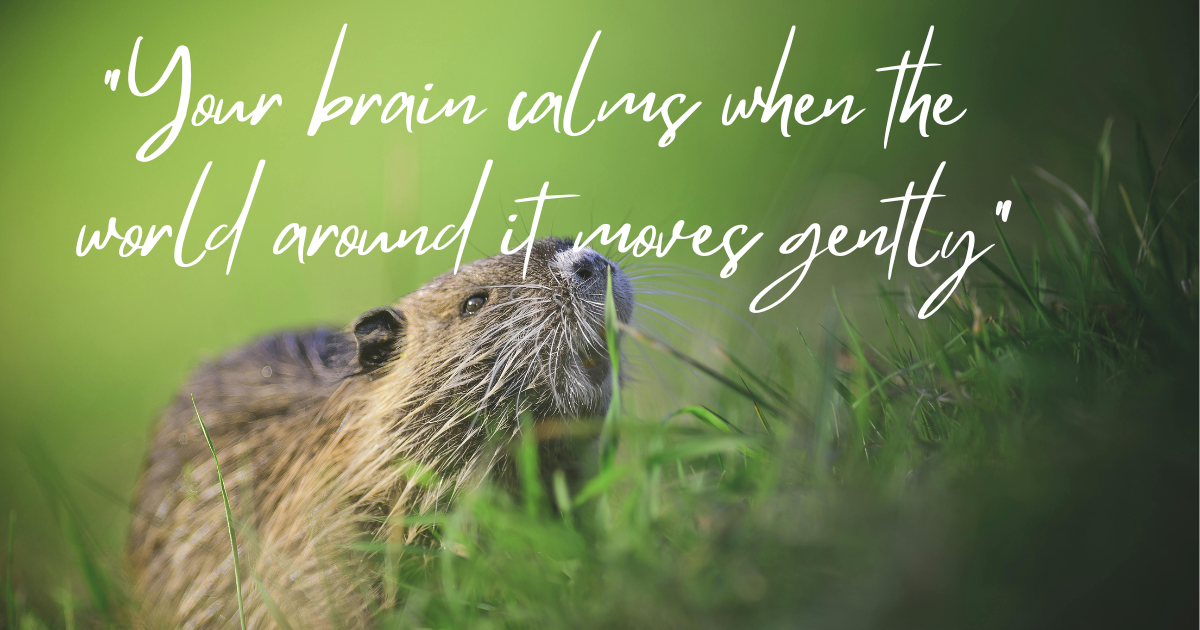Your cart is currently empty!
The Beaver Effect: Why Watching Cabbage-Munching Rodents Might Be the Stress Cure We Didn’t Know We Needed
Modern day stress cure
We all have that one video — the one that somehow resets your whole nervous system. For some, it’s waves rolling in. For others, a sleepy cat loafing in the sun. But recently, science (and the internet) might have found a new contender for the ultimate stress cure : a beaver eating cabbage leaves.
Sounds ridiculous? Maybe. But your brain disagrees.
When life feels loud and your thoughts are racing, your brain is often stuck in fight-or-flight mode — scanning for danger, predicting outcomes, and burning energy fast. One of the simplest ways to switch gears? Watch something calm, repetitive, and safe — like a beaver munching cabbage leaves, an unexpected stress cure !
It sounds almost too silly to work, but here’s the science behind it.
When you observe gentle, rhythmic animal behavior — chewing, grooming, floating, or even a bee buzzing between flowers — it triggers what psychologists call the “tend-and-befriend” response. That’s the parasympathetic system, your body’s natural brake pedal. It slows your heart rate, reduces cortisol, and releases oxytocin and endorphins, those feel-good chemicals that signal safety and social bonding.
Your brain doesn’t care that it’s a beaver. It just registers: “Peaceful creature, no threat, predictable rhythm — we’re safe.”
These kinds of moments fall under what’s now called “slow content” — the mindful antidote to the fast, overstimulating feeds that keep us tense. Think of it as digital ASMR (Autonomous Sensory Meridian Response): videos with soft sounds, repetitive movements, and natural visuals that create a mild, tingly calm in your body.
The crunch of cabbage, the ripple of water, the swish of fur — these sensory cues tell your nervous system to let go. Your breathing slows. Your muscles soften. You start to feel present again..
Try This:
Watch a calm nature video for 2–3 minutes when you feel tense (yes, even a cabbage-munching beaver).
– Pay attention to the sounds and movements rather than your thoughts.
– Notice your breathing and let it match the pace of what you’re seeing.
– When you feel your shoulders drop — that’s your nervous system thanking you.
Why It Works:
Because your brain’s stress response evolved to detect threats, not peaceful moments, you have to actively remind it what safety looks and sounds like. Watching slow, repetitive, non-threatening visuals is a modern and surprisingly effective way to do just that.
So next time the world feels too much, skip the doomscrolling and give your brain a minute of beaver time. Sometimes the simplest peace is just a click — and a crunch — away.
And if you still don’t believe..try it for yourself
by

Leave a Reply